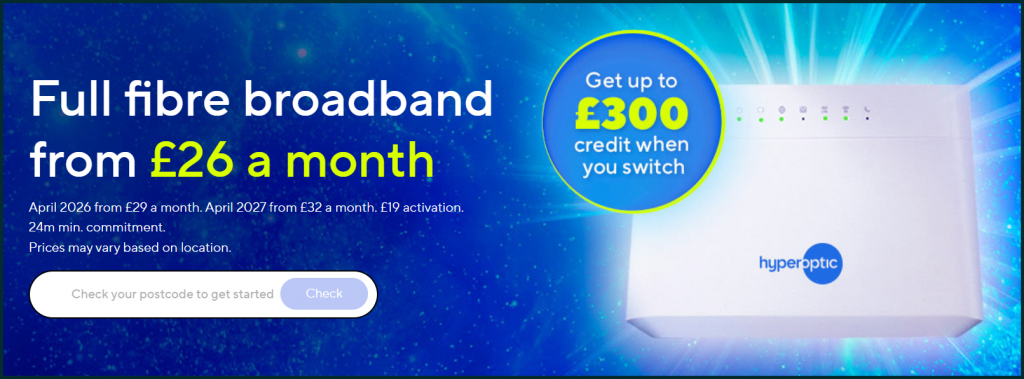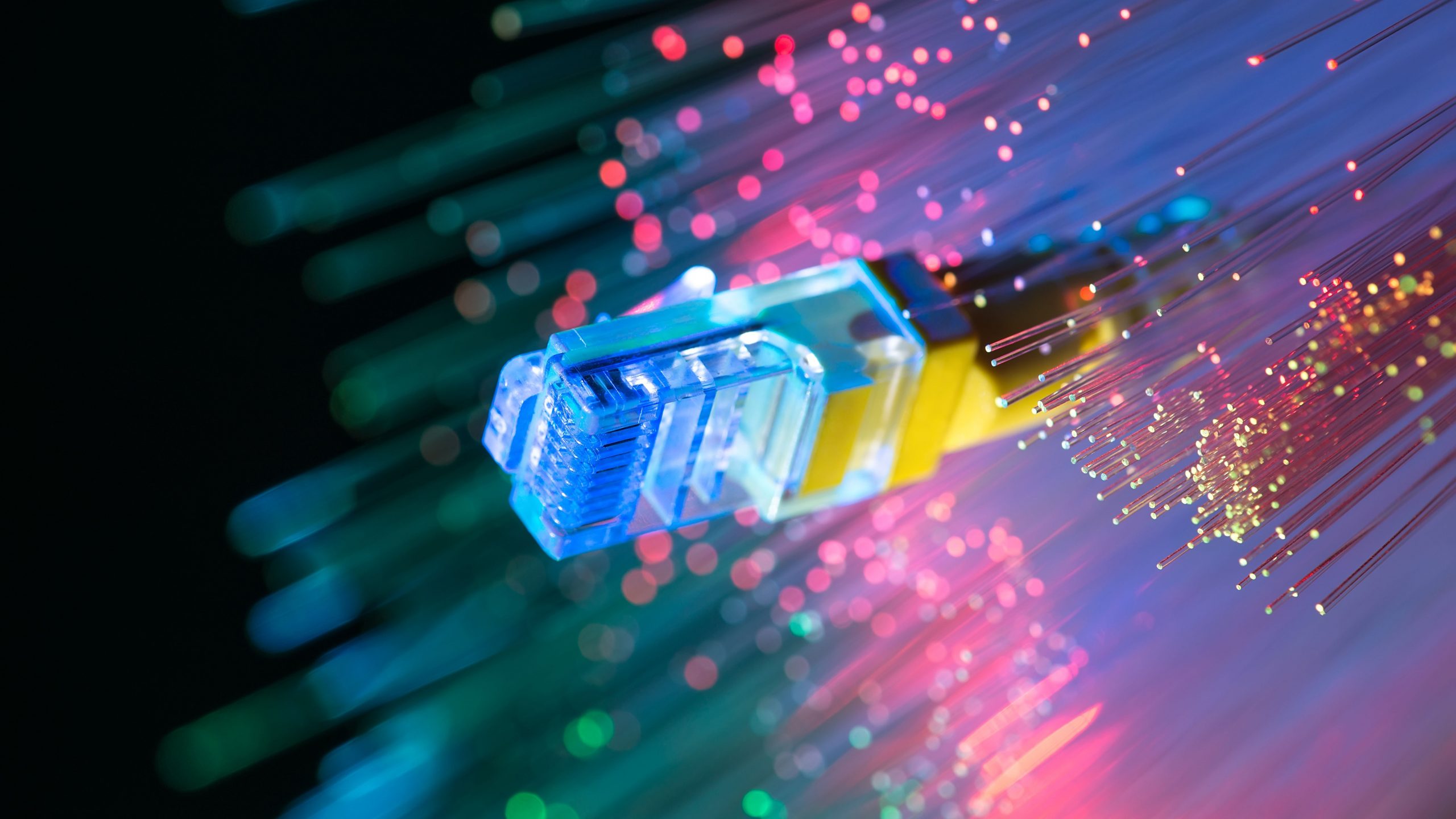In an era where our homes are more connected than ever, the need for a reliable and lightning-fast internet connection has become a paramount consideration for residents in the United Kingdom. From streaming high-definition content to engaging in seamless video conferences, the demands on home internet have skyrocketed. In this exhaustive exploration, we’ll delve into the various types of internet connections available in the UK, dissecting their strengths, weaknesses, and the providers that stand at the forefront of delivering the best and fastest connectivity.
The Landscape of Internet Connectivity in the UK:
Fiber Optic Broadband: The Pinnacle of Speed
Fiber optic broadband stands as the gold standard for high-speed internet in the UK. Employing thin strands of glass to transmit data as pulses of light, fiber optics can achieve speeds that outpace traditional copper-based connections. Major providers such as Virgin Media, BT, and Sky offer fiber optic broadband packages, delivering speeds ranging from 36 Mbps to a blistering 1 Gbps.
Digital Subscriber Line (DSL): The Copper Legacy
DSL, which relies on existing copper telephone lines, has been a long-standing player in the UK’s internet landscape. While not as fast as fiber optic broadband, DSL remains widely available in both rural and urban areas. Providers like BT and TalkTalk offer DSL packages with speeds ranging from 10 Mbps to 80 Mbps, making it a viable option for users with moderate connectivity needs.
Cable Broadband: Virgin Media’s Turbocharged Network
Virgin Media, a major player in the UK’s internet service provider (ISP) market, offers cable broadband through its extensive fiber optic network. This hybrid approach combines fiber optics with coaxial cables, providing impressive speeds. Virgin Media’s cable broadband packages start from 54 Mbps and can reach up to 600 Mbps, offering a compelling option for those seeking a high-speed alternative.
5G Broadband: The Mobile Revolution
As the UK embraces the fifth generation of mobile networks (5G), broadband options using 5G connectivity have emerged. Several major mobile operators, including EE, Vodafone, and Three, have introduced 5G broadband packages. Although coverage is still expanding, 5G broadband promises exceptional speeds, low latency, and increased capacity, making it an exciting option for urban dwellers.
Providers Leading the Charge:
Virgin Media: A Fiber Powerhouse
Virgin Media stands out as a major player in the UK’s broadband market, offering impressive speeds through its fiber optic and cable network. With packages ranging from M50 (54 Mbps) to Gig1 (1 Gbps), Virgin Media caters to a wide spectrum of users, from casual surfers to data-intensive gamers and remote workers.
BT: A Pioneer in Connectivity
BT, a pioneer in the UK’s telecommunications industry, provides a range of broadband services, including both fiber optic and DSL options. BT’s Superfast Fiber packages, with speeds up to 145 Mbps, and Ultrafast Fiber, offering speeds up to 300 Mbps, make it a reliable choice for those seeking a mix of speed and coverage.
Sky Broadband: Where Entertainment Meets Connectivity
Sky Broadband, known for its comprehensive entertainment packages, also delivers competitive broadband services. With Superfast and Ultrafast packages offering speeds up to 145 Mbps and 500 Mbps, respectively, Sky appeals to users who prioritize a seamless blend of broadband connectivity and premium entertainment content.
EE: Spearheading the 5G Revolution
As one of the UK’s leading mobile operators, EE has taken the lead in deploying 5G broadband services. With speeds exceeding 100 Mbps and the promise of gigabit speeds in the future, EE’s 5G broadband is making waves in urban areas where 5G coverage is available.
Factors Influencing Internet Speeds:
Location: Urban vs. Rural Disparities
The speed and type of internet connection available to a household often depend on its geographic location. Urban areas, with dense populations and advanced infrastructure, typically have access to a wider range of high-speed options compared to more rural or remote locations.
Broadband Packages: Balancing Speed and Affordability
Choosing the right broadband package involves striking a balance between speed and affordability. While gigabit speeds are enticing, users should assess their actual needs and opt for a package that aligns with their online activities without overspending on unnecessary speed.
Hardware and Wi-Fi Setup: The Last Mile
Even with a high-speed internet connection, outdated routers or poor Wi-Fi setups can significantly impact performance. Investing in modern routers and ensuring optimal Wi-Fi coverage within your home can maximize the benefits of a fast internet connection.
The Future of High-Speed Internet in the UK:
As technology continues to advance, the landscape of high-speed internet in the UK is poised for further transformation. The ongoing rollout of full-fiber broadband, supported by initiatives like Openreach’s Fiber First program, aims to bring gigabit-speed connectivity to more households, narrowing the digital divide between urban and rural areas.
In the dynamic world of internet connectivity in the UK, users are presented with a plethora of options, each catering to different needs and preferences. From the fiber optic prowess of Virgin Media to the comprehensive offerings of BT and the 5G revolution spearheaded by EE, consumers can choose from a diverse array of providers and technologies. As demands for faster and more reliable internet continue to rise, staying informed about the available options and technological advancements will empower users to make choices that align with their unique connectivity requirements. The future promises even greater speeds and accessibility, ensuring that homes across the UK stay well-connected to the digital landscape. Whether streaming high-definition content, working from home, or indulging in online gaming, the quest for the best and fastest internet connections for homes in the UK is an ever-evolving journey into the heart of digital connectivity.

